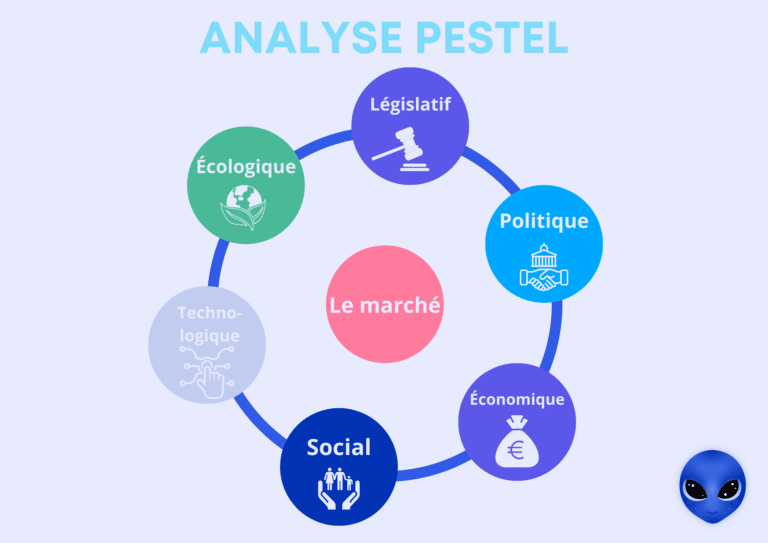Diversification is one of the first lessons in investing, often boiled down to the simple advice: “Don’t put all your eggs in one basket.” But while most investors understand the concept, many misunderstand its execution. Diversification isn’t about owning a little bit of everything—it’s about owning the right mix of assets that work together to manage risk and grow wealth. So, are you truly diversifying, or just adding layers without a clear strategy?
The Myth of “More Is Better”
Many people assume that the more investments they have, the safer their portfolio becomes. But diversification isn’t about quantity. It’s about balance. Owning a dozen different equity mutual funds might seem like a diversified strategy, but if they’re all heavily weighted in the same sectors or markets, you’re not spreading risk effectively—you’re just duplicating exposure.
True diversification means mixing asset classes—stocks, bonds, real estate, and other alternatives—each responding differently to economic shifts. This approach helps smooth out returns because when one sector struggles, another might perform well. It’s less about having “a lot” and more about having the right combination that aligns with your financial goals and risk tolerance.
The Overlooked Power of Asset Allocation
While diversification gets a lot of attention, asset allocation is the engine driving your portfolio’s performance. Think of it like this: diversification is the map, but asset allocation is the steering wheel. It determines how much of your money goes into different asset classes based on your investment timeline, financial goals, and risk appetite.
It’s easy to focus on stock-picking or chasing high returns, but asset allocation often has a more significant impact on long-term growth. Periodically reviewing and adjusting your allocation—especially after major life events or market shifts—keeps your strategy aligned with your evolving financial picture. Ignoring it can leave your portfolio either too conservative, missing out on growth, or too aggressive, exposing you to unnecessary risk.
Digging Deeper: The Value ESOP Analysts Bring to the Table
When discussing portfolio strategy, most people think about stocks, bonds, or real estate. But employee stock ownership plans (ESOPs) are gaining attention as both an investment vehicle and a unique insight into company performance. This is where ESOP analysts come in. Their role goes beyond analyzing stock charts; they assess how employee ownership impacts company growth, productivity, and financial stability.
For investors, understanding the dynamics behind ESOPs provides an edge. Companies with strong employee ownership often show higher engagement levels and better long-term performance because employees are literally invested in the company’s success. ESOP analysts help identify these hidden opportunities, offering data that traditional financial metrics might overlook. It’s not just about what the company earns, but how it operates internally—something that can significantly influence future growth.
Diversification Beyond the Stock Market
When people think about diversifying, they often limit their strategies to stocks and bonds. But real diversification extends beyond traditional markets. Alternative investments like real estate, commodities, private equity, or even collectibles can offer returns that don’t always move in sync with the stock market. These assets can act as a buffer during economic downturns, adding resilience to your portfolio.
Of course, these investments come with their own risks and complexities. They often require more research and sometimes higher entry points. But for investors looking to build a truly diversified strategy, exploring alternatives can provide new opportunities and reduce dependence on the stock market’s ups and downs.
When Diversification Becomes a Distraction
While diversification is a key strategy, overdoing it can backfire. There’s a tipping point where adding more assets doesn’t reduce risk—it just complicates your portfolio. Managing too many investments can lead to overlapping holdings, making it harder to track performance or make strategic adjustments. You might feel diversified, but in reality, you’re just spreading yourself thin.
The goal isn’t to own everything—it’s to own what makes sense for your financial goals. Focus on quality over quantity. A well-curated portfolio, thoughtfully constructed with complementary assets, often outperforms a scattered collection of investments. Simplifying doesn’t mean sacrificing diversification; it means being intentional about where your money goes.
Diversification with Purpose
Diversification isn’t just an investing buzzword—it’s a strategy rooted in balance, not volume. It’s about making smart, intentional choices that align with your goals, risk tolerance, and timeline. Whether it’s through asset allocation, exploring alternative investments, or understanding the nuances that ESOP analysts reveal, the key is to diversify with purpose.
Don’t fall into the trap of thinking that more equals better. A portfolio isn’t a collection of random assets—it’s a carefully crafted plan. The goal isn’t just to survive market swings but to thrive through them. And that starts with knowing not just how to diversify, but why you’re doing it in the first place.



